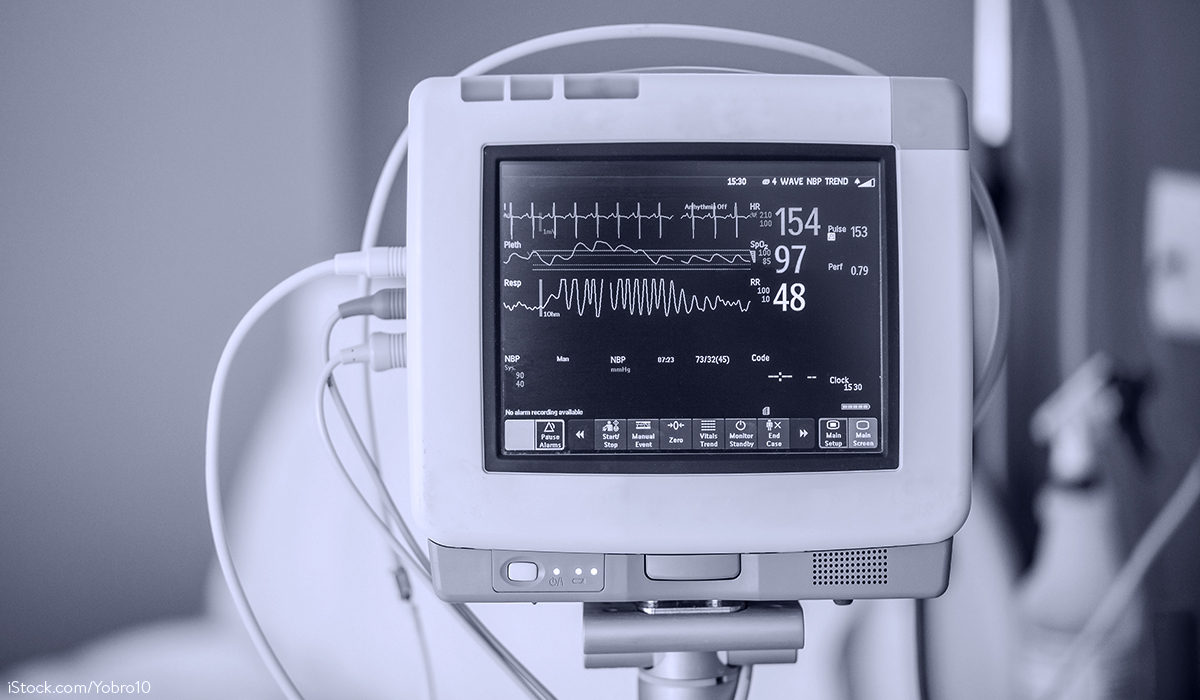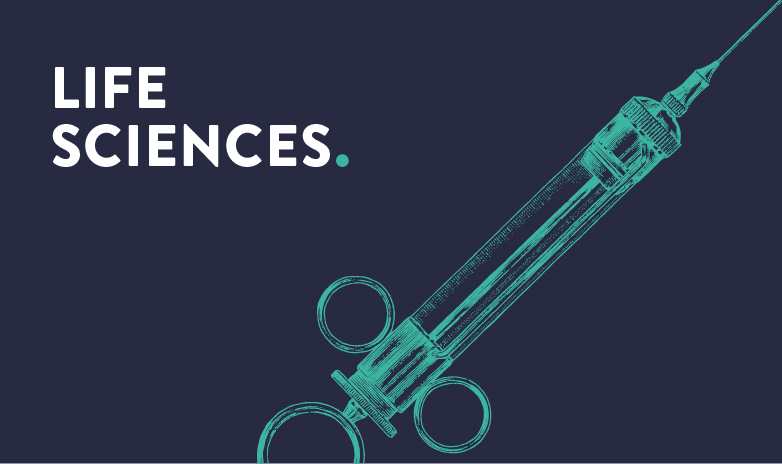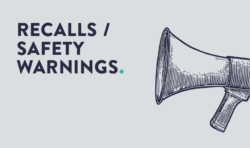A noticeable expansion of the permissibility of electronic instructions for use of all products for professional users, which was hoped for by numerous market players, has failed to materialise. However, at least for medical software also for use by laypersons, such as mobile apps, the implementing regulation brings overdue clarification.
What are the main intentions of the Implementing Regulation?
The previously applicable Regulation (EU) No. 207/2012 laid down conditions under which instructions for use of medical devices covered by the Medical Devices Directives 90/385/EEC and 93/42/EEC can be provided in electronic form instead of in paper form. These Medical Device Directives have since been replaced by the Medical Device Regulation (MDR) – Regulation (EU) 2017/745. The Implementing Regulation (EU) 2021/2226 therefore aims to adapt the provisions regarding electronic instructions for use to the new requirements of Regulation (EU) 2017/745 and to the technical developments in this field. However, the possibility of providing instructions for use in electronic form instead of in paper form is to remain quite narrowly limited to certain medical devices and their accessories. The basic idea that, for reasons of safety and efficiency, the user should always have the option of receiving the instructions for use on paper on request remains unchanged.
What happens with Regulation (EU) No 207/2012?
Regulation (EU) No. 207/2012 will be repealed pursuant to Art. 10 of the Implementing Regulation (EU) 2021/2226. However, it will continue to apply until 26.05.2024 to devices that have been placed on the market or put into service in accordance with Art. 120 (3) of Regulation (EU) 2017/745 (this concerns so-called “legacy” devices which may still be placed on the market with a valid legacy certificate in accordance with previous directive law or devices classified higher under the MDR – the latter regularly concerns medical software that was previously still considered class I devices).
What are the regulatory changes?
Essentially, the existing requirements are maintained and transferred from the previously existing directive level to Regulation (EU) 2017/745. However, there is an important change for medical (stand-alone) software: unlike in the previously applicable regulation, the electronic instructions for use are no longer limited to professional users. Now it is also permissible, in the case of software for lay use, which is provided for example as apps for mobile devices, to provide electronic instructions for use with the help of the software itself instead of in paper form. This at least eliminates a regulatory media discontinuity, which was previously hardly comprehensible.
I. Scope of application
There are no substantive changes regarding the scope of application. Accordingly, Implementing Regulation (EU) 2021/2226 applies to medical devices other than those listed in Annex XVI to Regulation (EU) 2017/745 and sets out the conditions under which manufacturers may provide the information listed in point 23.4 of Chapter III of Annex I to Regulation (EU) 2017/745 in the instructions for use in electronic form in accordance with point 23.1 (f) of Chapter III of Annex I to Regulation (EU) 2017/745.
II. Definitions
The term instructions for use is now directly defined in Art. 2 No. 14 of Regulation (EU) 2017/745. The term electronic instructions for use, on the other hand, now also includes provision via software; cf. Art. 2 (1) of Implementing Regulation (EU) 2021/2226.
III. Affected product groups
Manufacturers may provide electronic instructions for use instead of paper instructions for use for the following products under Regulation (EU) 2017/745 (Art. 3(1)):
- implantable and active implantable medical devices;
- permanently installed medical devices;
- medical devices and accessories for a medical device if a system for displaying the instructions for use is incorporated.
The prerequisite for the above-mentioned products is, however, that the products are intended exclusively for use by professional users and that use by other persons cannot reasonably be expected (Art. 3 para. 2).
In contrast, medical (stand-alone) software is now regulated separately in Art. 3 (3) Regulation (EU) 2017/745. In contrast to the previous Regulation (EU) No. 207/2012, the requirement of exclusively professional users regulated in Art. 3 (2) no longer applies to medical software. This means that the electronic instructions for use can also be provided to lay users with the help of the software itself instead of in paper form.
IV. Specific requirements
The requirements for manufacturers follow from Art. 4-7 of Implementing Regulation (EU) 2021/2226 . There are also changes in content compared to the previous legal situation.
1. Risk assessment
Manufacturers are still obliged to conduct a documented risk assessment. Now, this has to, in addition to the existing requirements, also cover
- the assessment of the compatibility of the website in displaying the electronic instructions for use on different devices that could be used to display these instructions for use and
- the management of the different versions of the instructions for use that may be required.
2. Further conditions
For devices with a specific expiry date, except for implantable devices, manufacturers must now keep the electronic instructions for use available not only for at least two years after the expiry date of the last device manufactured, but also for ten years after the last device was placed on the market.
For devices without a specific expiry date and for implantable devices, the 15-year standby period now no longer begins with manufacture, but only with the time when the last product is placed on the market. This corresponds to the documentation periods in Art. 10 (8) of Regulation (EU) 2017/745.
In addition to the current legal situation, the instructions for use must be available on the manufacturer’s website in an official language of the Union determined by the Member State in which the device is made available to the user or patient.
Furthermore, an effective system and procedure must be in place to ensure that users of the product can be informed of any updates or corrective actions in relation to the instructions for use after downloading them from the website (Art. 5 (12) of Implementing Regulation (EU) 2021/2226 ). The requirement to be able to inform the respective user of any updates suggests implementation problems in practice. In particular, it appears problematic that this requirement implies tracking of the users concerned and how this can be designed in a legally secure manner under the framework conditions of the EU General Data Protection Regulation.
According to the new legal situation, the clear indication that the instructions for use of the product are provided in electronic form instead of paper form must be placed on the label itself. In the case of software, the information must be provided at the point from which access to the software is granted. In this context, the manufacturer’s information shall now include the basic UDI-DI and/or the UDI-DI of the device in accordance with Art. 27 (6) or Art. 27 (1)(a)(i) of Regulation (EU) 2017/745, as well as additional information allowing the identification of the device, including the product name and, where applicable, the model, and the relevant contact details of the manufacturer (e. g. name, address and e-mail address of the manufacturer or other online means of communication and the website).
A website on which the electronic instructions for use for a product are available, the instructions for use of which are provided in electronic form instead of paper form, shall be protected against unauthorised access and unauthorised changes to the content.
Electronic instructions for use provided in addition to the complete instructions for use in paper form must continue to correspond to the content of the instructions for use in paper form. However, the requirements for the website now also cover the availability period of Art. 7(2)(e) of Implementing Regulation (EU) 2021/2226).
Conclusion and outlook
Measured against the omnipresent digitalisation rhetoric of political decision-makers, Implementing Regulation (EU) 2021/2226 is not a remarkable success. By restricting the electronic instructions for use to very specific product groups, the model of the paper form will remain for the time being, even in the professional user environment (cf. in detail on digital instructions for use from the perspective of general product safety law Schucht, Betriebs-Berater 2021, p. 2563 et seq.)
The opening for the electronic instructions for use for medical software according to Regulation (EU) 2017/745 for lay use alone eliminates a media discontinuity that was already difficult to communicate – the instructions for use can in future be provided digitally via the software alone.
Manufacturers, to the extent that they use the limited possibilities of the digital instructions for use, should familiarise themselves with the requirements of the Implementing Regulation (EU) 2021/2226, which have been clarified in the light of the MDR.
Link to Implementing Regulation (EU) 2021/2226
Do you have any questions about this news, or would you like to discuss it with the author? Feel free to contact: Dr. Boris Handorn






